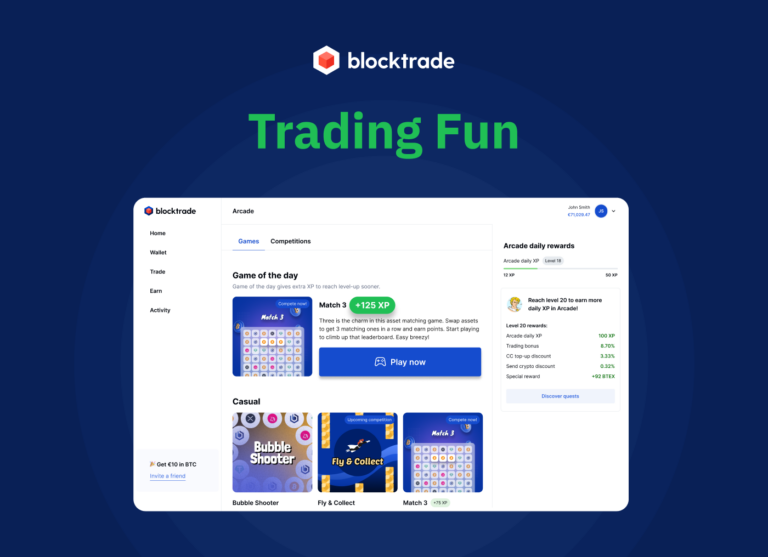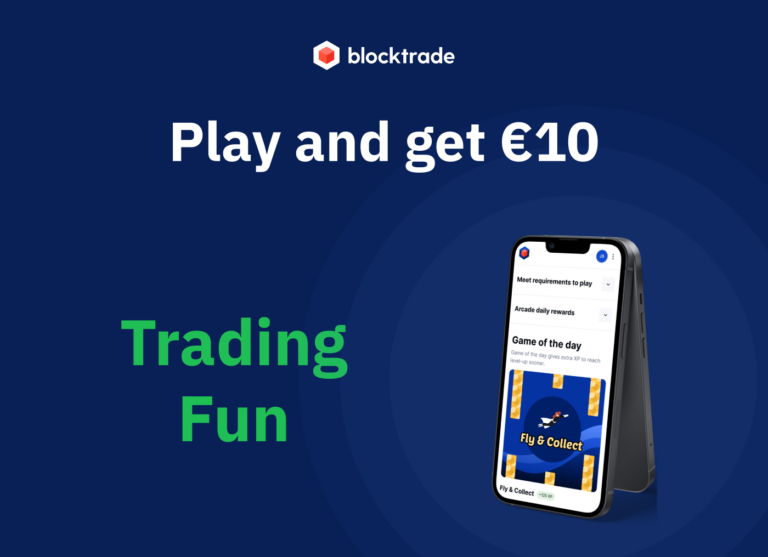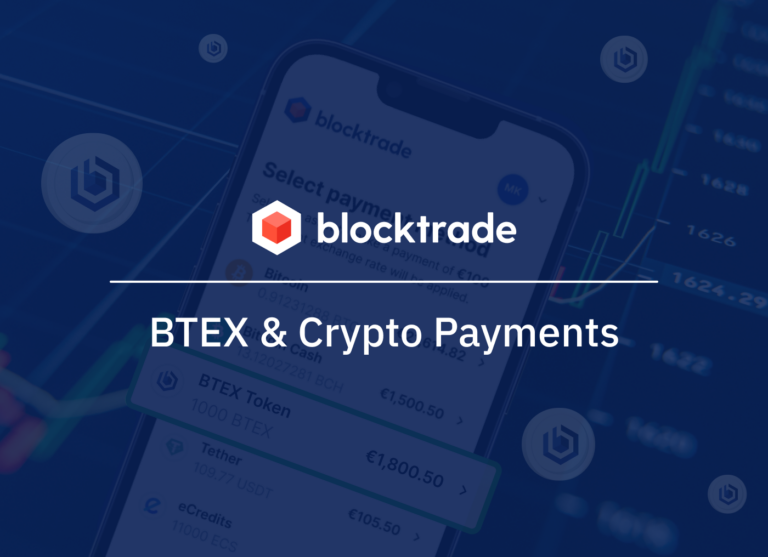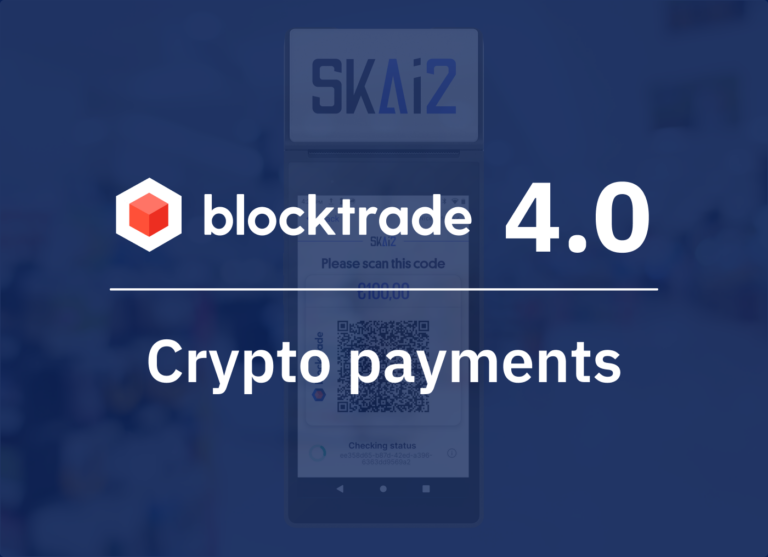NFT are all the rage these days. From US sketch show Saturday Night Live to marketing guru Gary Vee, Bloomberg and more – mainstream media is covering the 2021 crypto-phenomenon that is Non-Fungible Tokens or “NFTs”. Yet, beyond the hype and insanity there are many misconceptions and misunderstandings about NFTs, their benefits and real use cases.
In today’s post, we explain what the NFT fuss is all about. We define what exactly NFTs are, how they work, what their benefits and use cases are. Let’s take a look beyond the hype.
What are NFTs?
First things first, let’s define the term “ NFT ” which is short for non-fungible tokens. Non-fungibility of a token means that the token is unique and cannot be replaced by another token. This is in stark contrast to cryptocurrencies which are by definition fungible (= replaceable). For example, 1 BTC or 1 ETH are all identical with any other of the issued 1 BTC or 1 ETH.
Hence, an NFT is one-of-a-kind which is also what gives it its special character and value. This non-fungibility also explains the use cases for which NFTs are being applied. Whether it is digital art, provenance tracking of diamonds in a project like Everledger or rights to music records being sold on a platform like Opulous – the owner of an NFT can prove that he is the only rightful owner of the respective physical item for which the NFT was issued.
How does an NFT work?
NFTs are issued on a specific blockchain network, the vast majority of them being currently issued on the Ethereum blockchain (other blockchain networks like Solana and Polkadot have followed suit). While ETH is a “fungible token”, with the implementation of the ERC-721 non-fungible token standard, the Ethereum blockchain set the technical foundation for supporting NFTs.
More specifically, this token standard allows the coder to issue a token with specific values for each variable that is different from the value of other tokens in the same smart contract. The ERC-721 token standard was implemented in order to allow the issuance of NFTs for use cases like collectible items, access keys, lottery tickets and more.
Being a token on the Ethereum blockchain, the owner of an NFT holds the token in their ERC-721 compatible wallet and can offer it for sale and trade it on NFT marketplaces like OpenSea.
Examples of trending NFTs
The current hype around NFTs has led to certain interesting developments of “digital art” being sold for 6-8-figure sums on the open market or NFT platforms, yet there are also more down-to-earth and enterprise use cases where NFTs are growing in usage. Let’s take a look at some examples of trending NFTs:
- Tweets: Influencers have started selling NFTs on specific historical tweets, spearheaded by Twitter founder and CEO Jack Dorsey who sold rights to the first tweet ever published for a breathtaking $ 2.9 million.
- Bored Ape: Maybe the biggest NFT craze right now is the Bored Ape Yacht Club, a series of by now over 2000 images depicting bored apes that sell for huge amounts of money. Auction house Sotheby’s is currently selling over 100 bored apes and expecting to collect over $25 million. In fact, the most expensive bored ape to date was recently sold for over $2.5 million alone.
- Rocks: The project EtherRock offered 100 NFTs of simple, unique PNGs of rocks for sale. One of the rocks sold in late August 2021 for a record of $1.3 million. The initiators of the project state themselves that the only point of the project is to issue NFTs that are tradable and limited.
- Music records: More and more musicians are selling their new records in the form of NFTs. Famous artists like Deadmau5, Grimes, Kings of Leon and others have gotten in on the action. What helps is that NFTs can be designed in such a way that the original issuer – hence, the artist – gets paid a certain commission every time a resale of the NFT happens. Specialized platforms like Audius and Opulous are developing around this use case.
What has the future in store for NFTs?
There clearly is a hype around NFTs which not yet has calmed down, as trading NFTs has reached $10.7 billion in Q3 2021. Whether or not this trend will fade, NFTs are definitely here to stay. Their most promising and in-demand use cases are going to crystallize. Most likely, they will be in the field of Blockchain gaming, digital art, collectibles as well as enterprise use cases for provenance tracking in supply chain management, etc. Artists and musicians will find a new and direct way to connect with their followers and fans, completely free of middlemen like record labels.
Curious to learn more? Blocktrade CEO Bernhard Blaha recently held a keynote with the title “A story about why digital rocks are worth 1M$…and why that’s okay” giving some insight to the NFT market.
Disclaimer
This is not a financial advice. This is not a recommendation to buy, sell, or participate in the associated network. We would like to encourage you to do your own research and invest at your own risk.







